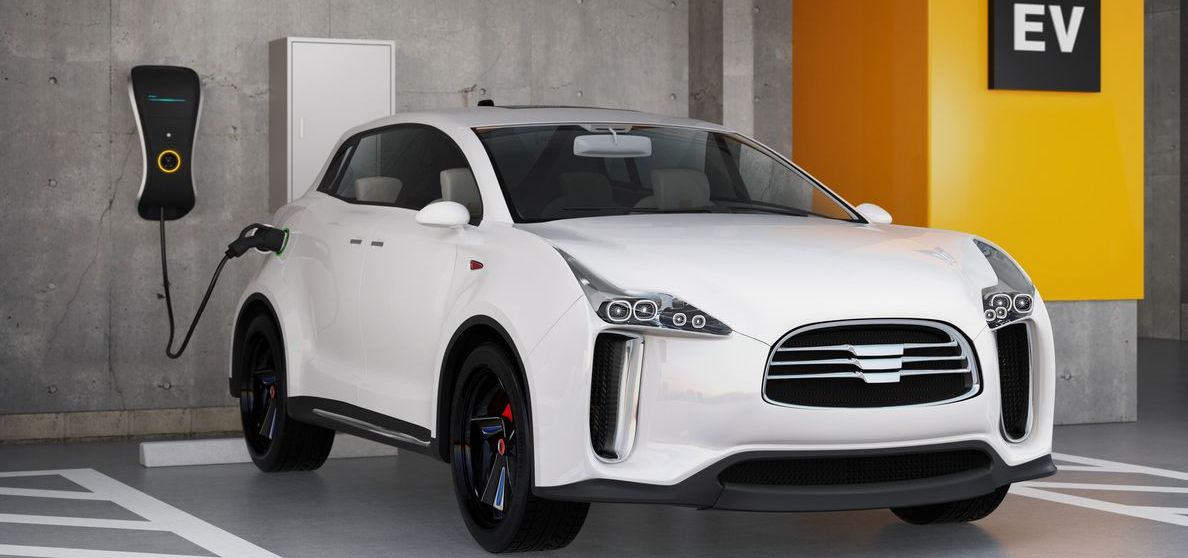2024/05/27
The Electric Vehicles Market Slows Down? Long-Term Strategies Wanted to Keep Up with the Future Changes in the Industrial Environment

The European electric vehicles (EVs) market, which has been leading the global EV market, is now showing a changing trend. According to the European Automobile Manufacturers’ Association, the number of new car registrations in March 2024 in the 31 EU member countries declined by 3% compared to the same month last year to 1,383,000 units in total. The negative result was primarily caused by a downturn in EV sales. The number of EV registrations was 196,000, a decrease of 11% year-on-year with 21 of the 31 countries experiencing a decline. On the other hand, hybrid vehicles (HVs) registrations showed a steady performance. In March, registrations of HVs recorded an increase of 15% year-on-year to 423,000 units, close to the 490,000 units of gasoline-powered vehicles, which has continuously been on a downward trend.
The slowdown of the EV market is impacted by the phase-out of EV purchase subsidies. Basically, the EV market in Europe has developed by focusing on luxury cars with large displacement engines that therefore can efficiently reduce carbon dioxide (CO2) emissions. It may possibly be assumed that the EV market downturn is attributed to the fact that the introductory EV demand from “early adopters” — those with high incomes, strong environmental awareness, and a keen interest in new technologies and products — has been fully satisfied. In other words, the reduction or elimination of subsidies has turned the interest of the “early majority,” a customer segment next in line after the early adopters, toward HVs.
The steady performance of HVs is not limitedly seen in European markets. Toyota Motor Corporation’s remarkable financial results for the fiscal year ended March 2024 with an operating income of 5 trillion yen were driven by strong HV sales. This segment reached sales of approximately 3.6 million units, a 32% increase from the previous fiscal year. During Toyota’s financial results briefing, it was revealed that the cost of mass-produced HVs has been cut down to one-sixth of the initial production cost. Besides, their profitability is equivalent to that of gasoline vehicles, and an increase in HV sales volume directly correlates with higher profits. Ford Motor Company in the US also announced a production upgrade of HV models of its popular pickup truck, while Honda Motor Co., Ltd. has revised its HV sales target upward to one million units for this fiscal year, up from the previous 800,000 units sold last year. Furthermore, BYD Company Limited, a Chinese emerging EV manufacturer, unveiled its first plug-in hybrid (PHEV) pickup truck, “Shark” in Mexico and will soon release the PHEV truck for sale.
Now that the US-based Tesla Inc. is losing traction, the growth of the Chinese market is slowing down, and whispers about the “limitations” of EV development are spreading, Toyota's “multi-pathway” strategy is gaining increasing recognition. Toyota is also actively advancing next-generation engines, with an eye toward using e-fuel. On the contrary, what Toyota envisions is “a future supported by electricity and hydrogen” (President Koji Sato), and the key is to manage the time frame and regional differences toward the goal of achieving full carbon neutrality, and ultimately to adapt management to these challenging factors. In any case, the bottom line is, to what extent the companies can pursue the strategic initiative in the market where “constant progress” is the essential factor. In that sense, “limitations” will arise from a short-sighted management culture that is easy to depend on subsidies and regulations.
This Week’s Focus, May 17
Takashi Mizukoshi, the President